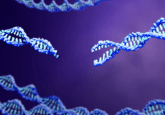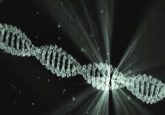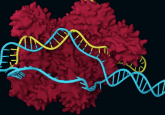Another recombinase for RMCE
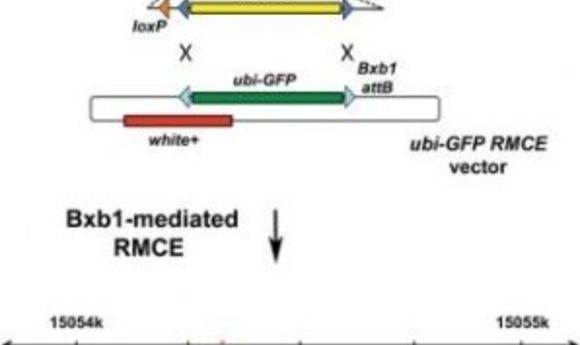
Recombinase-mediated cassette exchange (RMCE) is a powerful tool for the modification of the Drosophila genome and its utility has now been extended through the use of another site-specific recombinase.
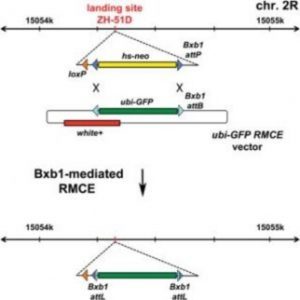
Schematic representation of the ZH-51D landing site locus on chromosome 2R and its genome engineering using Bxb1-catalyzed recombinase-mediated cassette exchange (RMCE).
Site-specific recombinases such as Flp, Cre, and FC31 have been successfully exploited by researchers to rapidly and reliably modify the Drosophila melanogaster. One particularly useful application of site-specific recombinases has been for recombinase-mediated cassette exchange (RMCE).
In this method, an acceptor cassette consisting of a transgenic construct flanked by sites specific for a recombinase such as Flp is introduced into the Drosophila genome at a specific locus. In the presence of the site-specific recombinase, this acceptor cassette can then be readily exchanged with a donor cassette, consisting of a different transgenic construct flanked by the same recombinase specific sites, that is supplied on a plasmid. This allows the easy sequential introduction of any number of different cassettes into that specific location.
In this month’s issue of BioTechniques, Roumen Voutev and Richard Mann at Columbia University have adapted RMCE to work with the newer site-specific phage recombinase Bxb1. They demonstrate that Bxb1 can be efficiently used for RMCE, either alone or in parallel with the other recombinases already being used for RMCE, further extending the versatility of RMCE in Drosophila.

